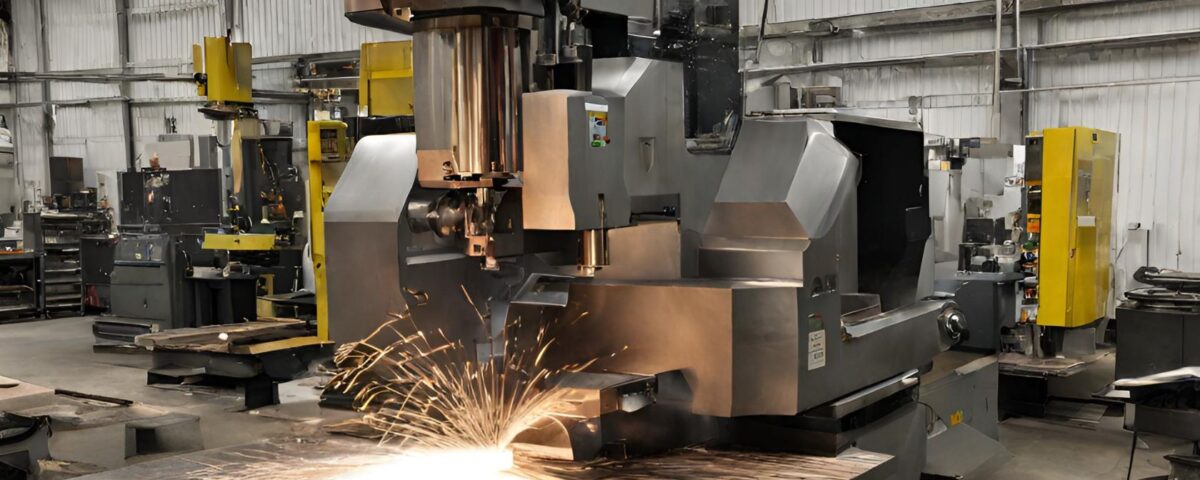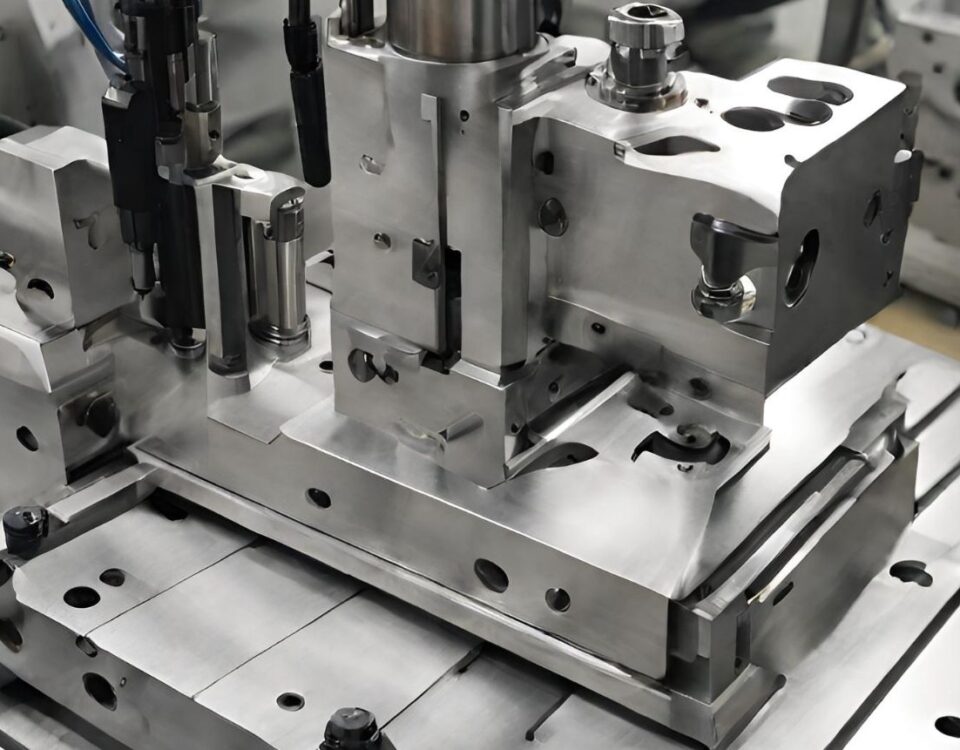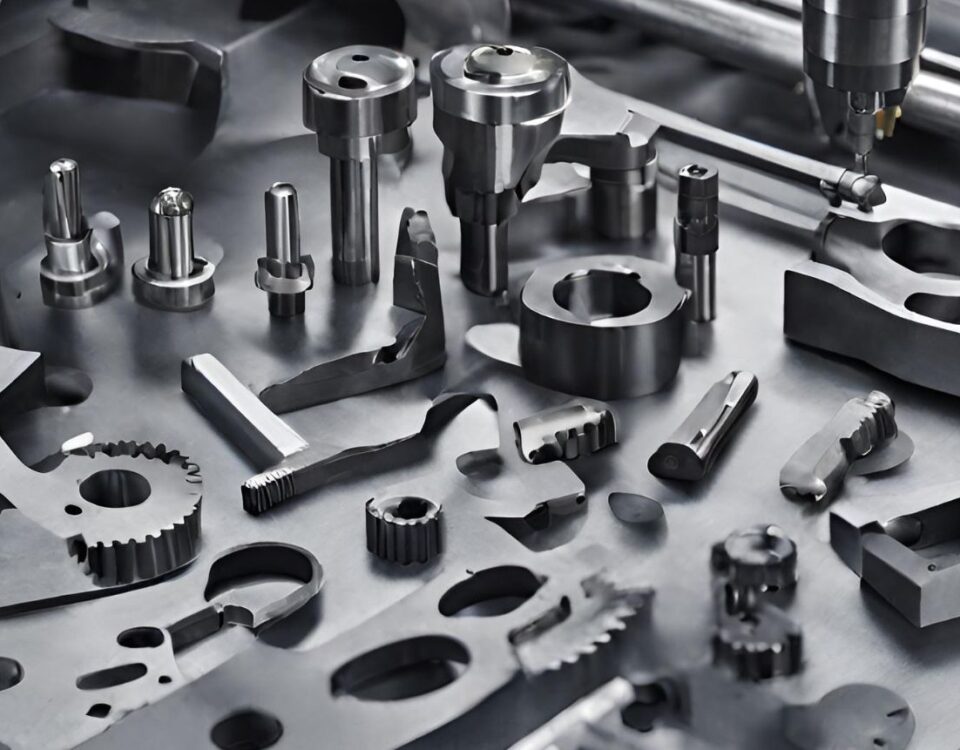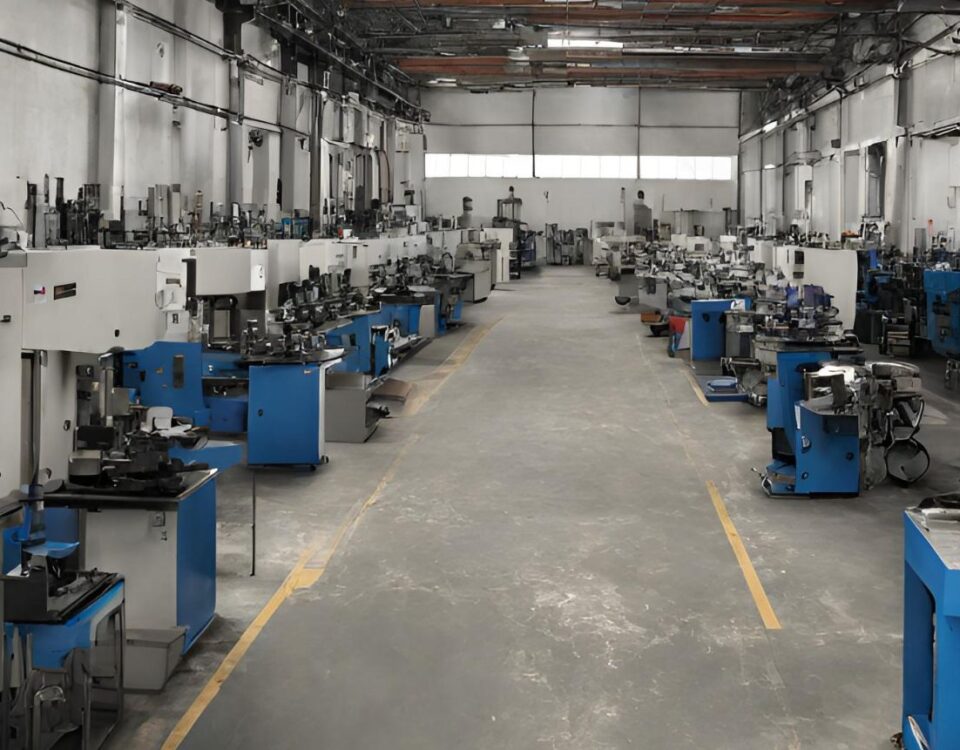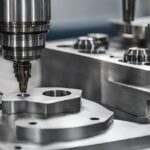
Mastering the Art of Precision Machining
27 February 2024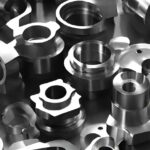
The Importance of Machining Components: Enhancing Efficiency and Precision in Manufacturing
1 March 2024The Art of Precision: Mastering Machining and Fabrication Techniques
In today's fast-paced manufacturing industry, precision is key. From crafting intricate metal parts to creating flawless fabrication works, mastering machining and fabrication techniques requires a true artistry. Welcome to an exploration of "The Art of Precision: Mastering Machining and Fabrication Techniques".
This article dives deep into the world of precision, guiding you through the intricacies of machining and fabrication. Discover how skilled craftsmen harness cutting-edge technologies and precision tools to create marvels that seem impossible.
Leveraging advanced machinery, CAD software, and meticulous attention to detail, these experts push the boundaries of what can be achieved. From high-tolerance machining to intricate welding, they ensure the highest quality for every project.
Join us as we unravel the secrets behind the art of precision. Explore the techniques, tools, and processes that make precision machining and fabrication a true art form. Whether you're an industry professional, a curious hobbyist, or simply fascinated by the marvels of engineering, this article promises to take you on a captivating journey into the heart of precision.
Importance of Precision in Machining and Fabrication
Precision is the cornerstone of successful machining and fabrication. Whether it's creating intricate parts for aerospace components or crafting bespoke metal sculptures, precision ensures that every detail is executed flawlessly. The importance of precision lies not only in the final product's quality but also in its functionality, durability, and aesthetic appeal.
In machining, precision plays a crucial role in achieving tight tolerances. This means that the dimensions of the finished part must adhere to specific measurements with minimal deviation. When precision is maintained, parts fit together seamlessly, ensuring smooth operation and minimizing the risk of failure. In fabrication, precision ensures that every cut, weld, and bend is executed with accuracy, resulting in a final product that meets or exceeds the client's expectations.
Precision also has a direct impact on customer satisfaction. Whether it's an automotive manufacturer relying on precise machining for engine components or a construction company in need of accurate fabrication for structural elements, clients expect nothing less than perfection. By consistently delivering precise results, machining and fabrication professionals build a reputation for excellence and attract repeat business.
Types of Machining and Fabrication Techniques
Machining and fabrication encompass a wide range of techniques, each serving a specific purpose and requiring a unique set of skills. Let's explore some of the most common machining and fabrication techniques used in the industry.
1. CNC Machining
CNC (Computer Numerical Control) machining is a versatile technique that utilizes computer-controlled machines to shape and form various materials. By inputting precise instructions into the software, CNC machines can produce complex parts with high accuracy and repeatability. This technique is commonly used in industries such as aerospace, automotive, and medical, where precision is of utmost importance.
2. Laser Cutting
Laser cutting is a non-contact technique that uses a high-powered laser beam to cut through materials. It offers exceptional precision and is widely used in industries such as sheet metal fabrication, signage, and electronics. Laser cutting allows for intricate designs and enables clean, burr-free cuts, making it a preferred method for achieving precise shapes and patterns.
3. 3D Printing
3D printing, also known as additive manufacturing, has revolutionized the manufacturing industry. This technique builds three-dimensional objects layer by layer, using various materials such as plastics, metals, and ceramics. 3D printing allows for precise customization and rapid prototyping, making it ideal for creating intricate parts with complex geometries.
Key Considerations for Achieving Precision in Machining and Fabrication
Achieving precision in machining and fabrication requires careful consideration of several key factors. Let's explore some of the critical considerations that contribute to the success of precision work.
1. Material Selection
Choosing the right material is crucial for achieving precision in machining and fabrication. Different materials have varying properties that affect their machinability and response to fabrication processes. Factors such as hardness, ductility, and thermal conductivity should be considered to ensure the material can withstand the required precision operations without compromising its integrity.
2. Tooling and Fixturing
Using appropriate tooling and fixturing is essential for precision work. The selection of cutting tools, fixtures, and clamps should be based on the specific requirements of the project. High-quality tools ensure clean cuts, while well-designed fixtures provide stability and accuracy during machining and fabrication processes.
3. Process Optimization
Optimizing machining and fabrication processes is crucial for achieving precision. This involves analyzing the entire workflow, identifying potential bottlenecks, and implementing improvements. Process optimization may include adjusting cutting parameters, improving tool paths, or implementing automation to reduce human error and enhance precision.
Common Challenges in Precision Machining and Fabrication
While precision machining and fabrication offer numerous benefits, they also come with their fair share of challenges. Let's explore some of the common challenges faced by professionals in this field.
1. Material Variability
Materials used in machining and fabrication often exhibit inherent variability. Variations in material properties, such as composition and grain structure, can affect the machining and fabrication processes. Professionals must understand the material characteristics and adjust their techniques to accommodate such variability while maintaining precision.
2. Thermal Effects
Machining and fabrication processes generate heat, which can cause thermal expansion and contraction in the workpiece. These thermal effects can result in dimensional changes, affecting the precision of the final product. Professionals must consider thermal management techniques, such as coolant systems and strategic tool paths, to minimize the impact of thermal effects.
3. Tool Wear and Breakage
Tools used in machining and fabrication are subjected to wear and tear. As tools degrade, their cutting performance diminishes, which can lead to decreased precision and increased scrap rates. Professionals must monitor tool wear and implement regular maintenance and replacement schedules to ensure consistent precision.
Best Practices for Precision Machining and Fabrication
To achieve precision in machining and fabrication, professionals follow a set of best practices that have proven to deliver high-quality results. Let's explore some of these best practices.
1. Quality Control
Implementing a robust quality control process is essential for precision work. This includes conducting regular inspections, verifying dimensions, and performing comprehensive tests to ensure that parts meet the required specifications. Quality control procedures help identify any deviations early on, allowing for corrective measures to be taken before the final product is produced.
2. Continuous Training and Skills Development
Precision machining and fabrication techniques are continually evolving. Professionals must stay updated with the latest advancements in technology, tools, and techniques through continuous training and skills development. This ensures that they have the knowledge and expertise to tackle complex projects and maintain precision in their work.
3. Collaboration and Communication
Collaboration and communication are crucial for achieving precision in machining and fabrication. Effective coordination between designers, machinists, fabricators, and quality control personnel ensures that everyone is aligned with the project requirements and works towards a common goal of precision. Clear communication channels help address any potential issues or challenges quickly.
Industry Applications of Precision Machining and Fabrication
Precision machining and fabrication find applications in a wide range of industries, each with its unique requirements and challenges. Let's explore some of the industries where precision work plays a crucial role.
1. Aerospace and Defense
The aerospace and defense industries demand the highest levels of precision in machining and fabrication. From turbine blades to aircraft components, precision work ensures the safety, reliability, and performance of critical systems. Any deviation from the required tolerances can have severe consequences, making precision a top priority in these industries.
2. Medical and Healthcare
Precision machining and fabrication are vital in the medical and healthcare sectors, where accuracy and reliability are paramount. From surgical instruments and implants to medical devices and prosthetics, precision work ensures optimal patient outcomes and safety. The ability to produce complex, custom-made parts with tight tolerances enables advancements in medical technology and improves patient care.
3. Automotive and Transportation
The automotive and transportation industries rely heavily on precision machining and fabrication for the production of engine components, chassis, and other critical parts. Precision ensures that these parts fit together seamlessly, leading to improved vehicle performance, fuel efficiency, and safety.
Training and Certifications for Mastering Machining and Fabrication Techniques
To master machining and fabrication techniques, professionals can benefit from specialized training and certifications. These programs provide in-depth knowledge and practical skills required to excel in the field. Let's explore some of the training and certification options available.
1. Technical Schools and Vocational Programs
Technical schools and vocational programs offer comprehensive training in machining and fabrication techniques. These programs cover various topics such as CNC machining, welding, blueprint reading, and quality control. Students gain hands-on experience through practical exercises and have the opportunity to work with industry-standard equipment.
2. Apprenticeships
Apprenticeships provide a combination of on-the-job training and classroom instruction. As apprentices, individuals work under the guidance of experienced professionals, learning the intricacies of machining and fabrication through practical experience. Apprenticeships offer a structured pathway to develop skills and gain industry-recognized certifications.
3. Professional Certifications
Professional certifications validate an individual's expertise in specific machining and fabrication techniques. Organizations such as the National Institute for Metalworking Skills (NIMS) offer a range of certifications that cover different aspects of precision machining and fabrication. These certifications demonstrate a professional's proficiency and can enhance career prospects.
Conclusion: The Future of Precision Machining and Fabrication
The art of precision in machining and fabrication continues to evolve, driven by advancements in technology, materials, and techniques. As industries demand higher levels of accuracy and efficiency, professionals in this field must stay ahead of the curve.
The future of precision machining and fabrication holds exciting possibilities. Innovations such as hybrid machining, additive manufacturing, and artificial intelligence-driven automation are reshaping the industry. These advancements offer improved precision, faster production times, and increased design flexibility.
As precision becomes more accessible, we can expect to see its applications expand into new industries and sectors. From consumer electronics to renewable energy, precision machining and fabrication will play a vital role in shaping the products and technologies of tomorrow.
In this journey into the art of precision, we have explored the importance of precision, various machining and fabrication techniques, advanced tools and equipment, key considerations, common challenges, best practices, industry applications, and training options. By mastering these techniques and embracing the art of precision, we can continue to push the boundaries of what is possible and create marvels that inspire awe and admiration.
Join us in celebrating the artisans of precision, the masters of machining and fabrication, as they transform raw materials into works of art with unparalleled accuracy and finesse. Together, let's embrace the art of precision and unlock a world of limitless possibilities. The future is precision, and it awaits those who dare to pursue it.

